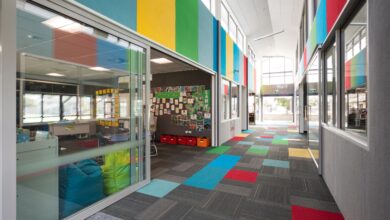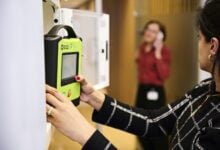Safe, hands on, science learning
Science learning can be a lot of fun, and a safe, well-equipped science room can inspire and engage students.
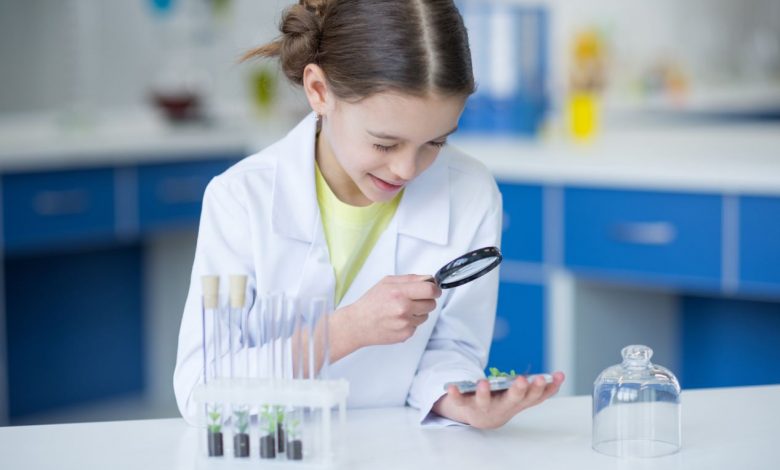
Practical learning always carries risks whatever the topic, but with science experiments those risks require special considerations, especially as many experiments at secondary level involve working with hazardous substances.
Specialist equipment like microscopes and Bunsen burners can make lessons fun and informative, and ignite curiosity in all learners. Learning how to use these items correctly can also ensure students pursuing a career in the sciences have both practical and theoretical skills.
Read the latest print edition of School News HERE
Safety first
Guidelines for designing labs, working with hazardous substances and other considerations required for undertaking practical science learning are outlined in the document Safety and Science/Pūtaiao: Guidance for Aotearoa New Zealand Schools and Kura. Available on the Ministry of Education website, the document was developed by the New Zealand Association of Science Educators, The Science Technicians Association of New Zealand, Worksafe Mahi Haumaru Aotearoa and the Ministry of Education.
Science laboratories are particularly useful places to instil positive attitudes toward health and safety in students. These skills are transferable beyond the school laboratory. Often, students’ first exposure to personal protective equipment (PPE) is through school laboratories. At minimum, schools should regularly inspect and maintain PPE such as safety glasses and laboratory coats. For science rooms catering to younger students, basic PPE may be all that is required to transform a regular classroom into a safe and engaging science space.
For secondary schools with more complex needs, however, school laboratories will be subject to the Health and Safety at Work (Hazardous Substances) Regulations 2017, specifically Part 18. These include minimum safety requirements for laboratory design and the storage of hazardous substances.
One of the first laboratory design requirements in accordance with the act is that certain parts of the laboratory must be “impervious to hazardous substances”. Countertops, flooring, and other surfaces that may encounter hazardous substances through normal use or spills must be made of a resistant material. High-use laboratories and old facilities may therefore no longer meet these minimum standards due to normal wear and tear.
If using hazardous materials, schools must ensure they are adequately contained and stored. Storage spaces can be contained within the science teaching area itself for ease of access, however the school must ensure their compliance with the 2017 Health and Safety act.
Safe experiments and secure storage
Depending on the experiments conducted within the laboratory and the use of potentially volatile substances, schools should consider specialised science equipment such as dedicated fume cupboards. These are designed for use with substances that are volatile, which means they readily become gaseous when exposed to air. Schools planning on undertaking experiments with volatile substances should invest in compliant ventilation systems, which can be configured to suit teaching needs.
It is important to note that, as with all protective and safety equipment, the efficacy of fume cupboards in protecting staff and students from unwanted accidents depends on them being used correctly. Schools should ensure they receive comprehensive operating and safety instructions from the supplier, and that they follow these diligently.

Carlos Tikaram from Fumecare said fume cupboards provide an industry standard safety zone for students learning all things chemistry. “When looking to add a fume cupboard to a science room, schools should consider safety features, ease of use, and follow up care – does the supplier provide post install servicing, maintenance and annual certification of their product?”
Mr Tikaram said fume cupboards require annual certification in the form of a Form12A certificate, for the school’s Building Warrant of Fitness. “For an auditor to correctly certify and provide the Form12A, the fume cupboards must have at least an annual or bi-annual service which is logged and kept at the school. This is preventive maintenance to keep the fume cupboard running safely and efficiently.
“The auditor needs to view proof of regular and up to date servicing before performing the audit. Servicing is specialised and should be done by persons with experience in fume cupboard and fan operation.”
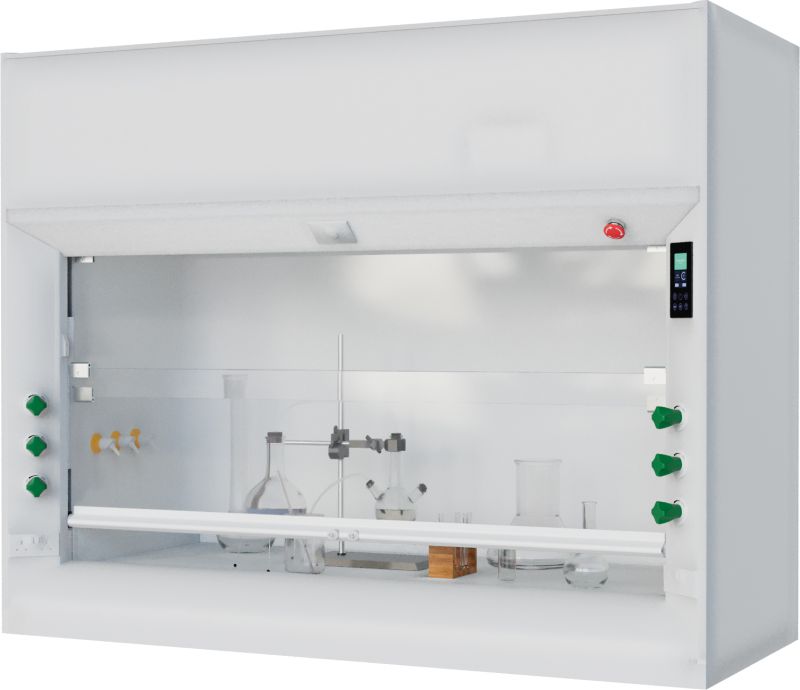
Simon Jones from Thermoplastic Engineering Limited (TPE) said schools should ensure they are meeting their obligations under the HSWA regarding the storage and handling of chemicals in their prep rooms and teaching laboratories.
“Chemicals should be separated by class and stored in compliant storage cabinets in the prep room space, with best practice being for these cabinets to be ventilated to prevent the buildup of vapours.
“Performing demonstrations and experiments inside a fume cupboard compliant to AS/NZS 2243.8 [2014] minimises the risk of exposure to staff and students. Special teaching fume cupboards with additional viewing windows on all sides can improve learning outcomes from this demonstration for the entire class.”
Science-specific equipment
As part of redesigning science teaching spaces, a review of available equipment should be conducted to ensure that beakers, conical flasks, Bunsen burners and titration flasks are all in good working order and fit for purpose.
Schools might consider advanced specialist equipment like spectrometers and microscopes, to allow for hands-on learning.
Microscopes can expose students to new words and lead them on a journey of discovery. Even for young students, microscopes can open tamariki up to scientifically compelling concepts. Examining a blade of grass, their own finger, or a Petrie dish of bacteria could be the catalyst for further discussion and observations.
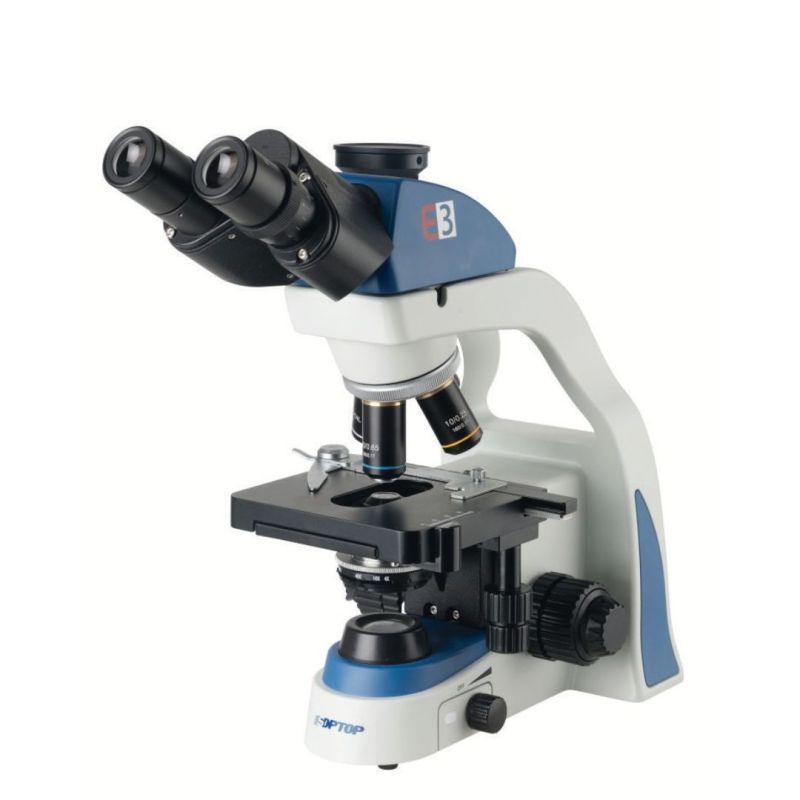
Emma Fitgerald from Optica Life Accessories said microscopes are invaluable tools in science learning, particularly in fields like biology, chemistry, and material science. “They provide students the opportunity for hands-on exploration and to see objects that are too small to be visible to the naked eye including cells, bacteria and molecules.
“Microscopes encourage inquiry-based learning by allowing students to investigate their own questions and hypotheses. They can help bridge the gap between theoretical knowledge and practical application,” Ms Fitgerald said.
“Using microscopes develops a range of STEM (Science, Technology, Engineering, and Mathematics) skills, including observation, data analysis, problem-solving, and communication. These skills are essential for success in scientific fields and are transferable to other areas of study and careers. Incorporating microscopes into science education not only enhances students’ understanding of scientific concepts but also cultivates essential skills and fosters a love of learning.”
Ms Fitgerald said microscopes have many practical applications across a range of professions, highlighting their versatility across diverse fields of science and technology. “Mircoscopes are essential tools for studying biological specimens such as cells, tissues, and microorganisms. In medicine, they are used for diagnosing diseases, examining blood samples, analysing tissues for abnormalities, and observing microorganisms responsible for infections. In manufacturing industries, microscopes are used for quality control and inspection of products.”




